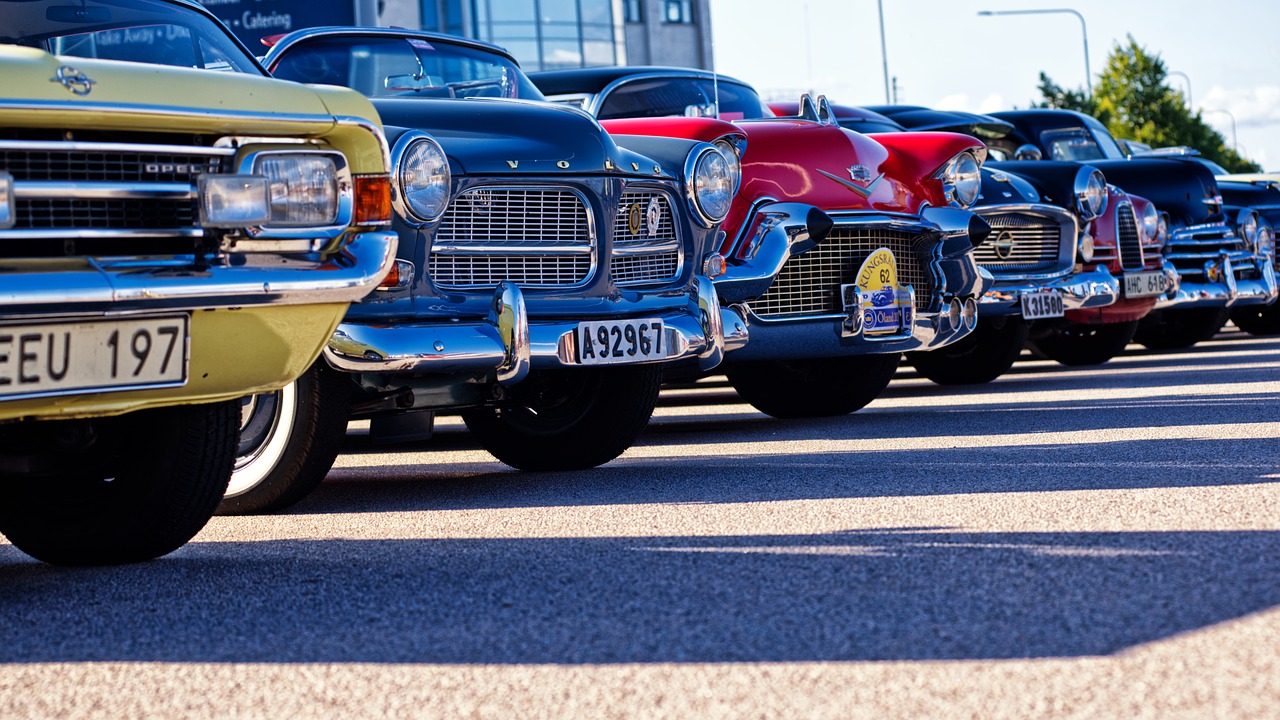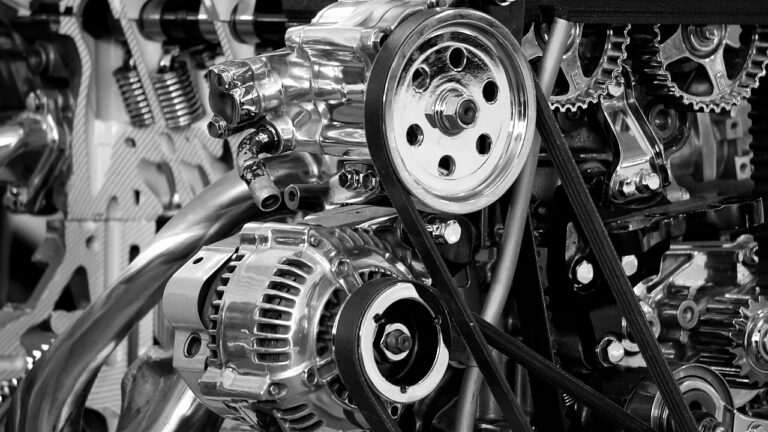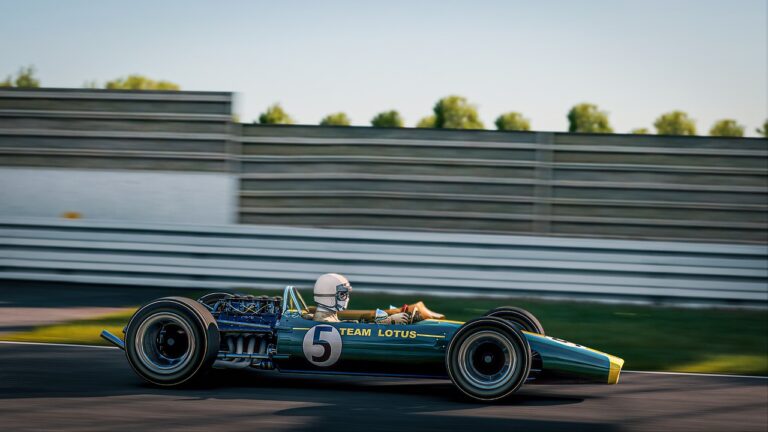The Evolution of Car Interior Lighting: From Bulbs to LED Strips
In the early days of automotive design, car interiors were dimly lit by small incandescent bulbs. These bulbs, although groundbreaking at the time, provided limited illumination and often failed to adequately light up the interior space of vehicles. As cars became more popular and manufacturers focused on improving the overall driving experience, the need for better interior lighting solutions became apparent.
Initially, car interior lighting was primarily functional, serving the purpose of helping drivers see the controls and instruments in low-light conditions. However, as car design evolved and aesthetics became an increasingly important aspect, interior lighting also began to play a role in enhancing the overall look and feel of the vehicle’s interior. This marked the beginnings of a new era in car interior lighting, where both functionality and design considerations became critical factors in the development of lighting solutions for vehicles.
Incandescent Bulbs and Their Limitations
Incandescent bulbs have long been the traditional choice for car interior lighting due to their affordability and ease of availability. However, these bulbs come with certain limitations that have led to the exploration of alternative lighting options in vehicles. One major drawback of incandescent bulbs is their relatively short lifespan compared to newer lighting technologies. This means that car owners may find themselves needing to replace these bulbs more frequently, increasing maintenance costs and inconvenience.
Another issue with incandescent bulbs is their inefficiency in terms of energy consumption. These bulbs produce light by heating a filament inside the bulb, which results in a significant amount of energy being wasted as heat rather than light. In a vehicle where energy efficiency is crucial, especially with the growing emphasis on eco-friendliness, this inefficiency becomes a notable concern for car manufacturers and owners alike.
What are incandescent bulbs?
Incandescent bulbs are light bulbs that produce light by heating a filament wire inside the bulb until it glows.
What are some limitations of incandescent bulbs?
Some limitations of incandescent bulbs include their short lifespan, high energy consumption, and heat production.
Why are incandescent bulbs still used in some applications?
Despite their limitations, incandescent bulbs are still used in some applications due to their low cost and ability to produce warm, natural light.
How do incandescent bulbs compare to other types of lighting?
Incandescent bulbs are less energy efficient and have a shorter lifespan compared to LED and CFL bulbs.
Are there any advancements being made in incandescent bulb technology?
Researchers are working on developing more energy-efficient incandescent bulbs by using new materials and design techniques.





